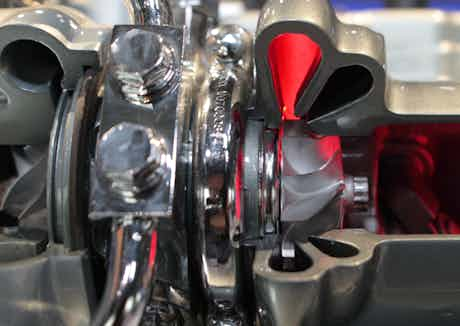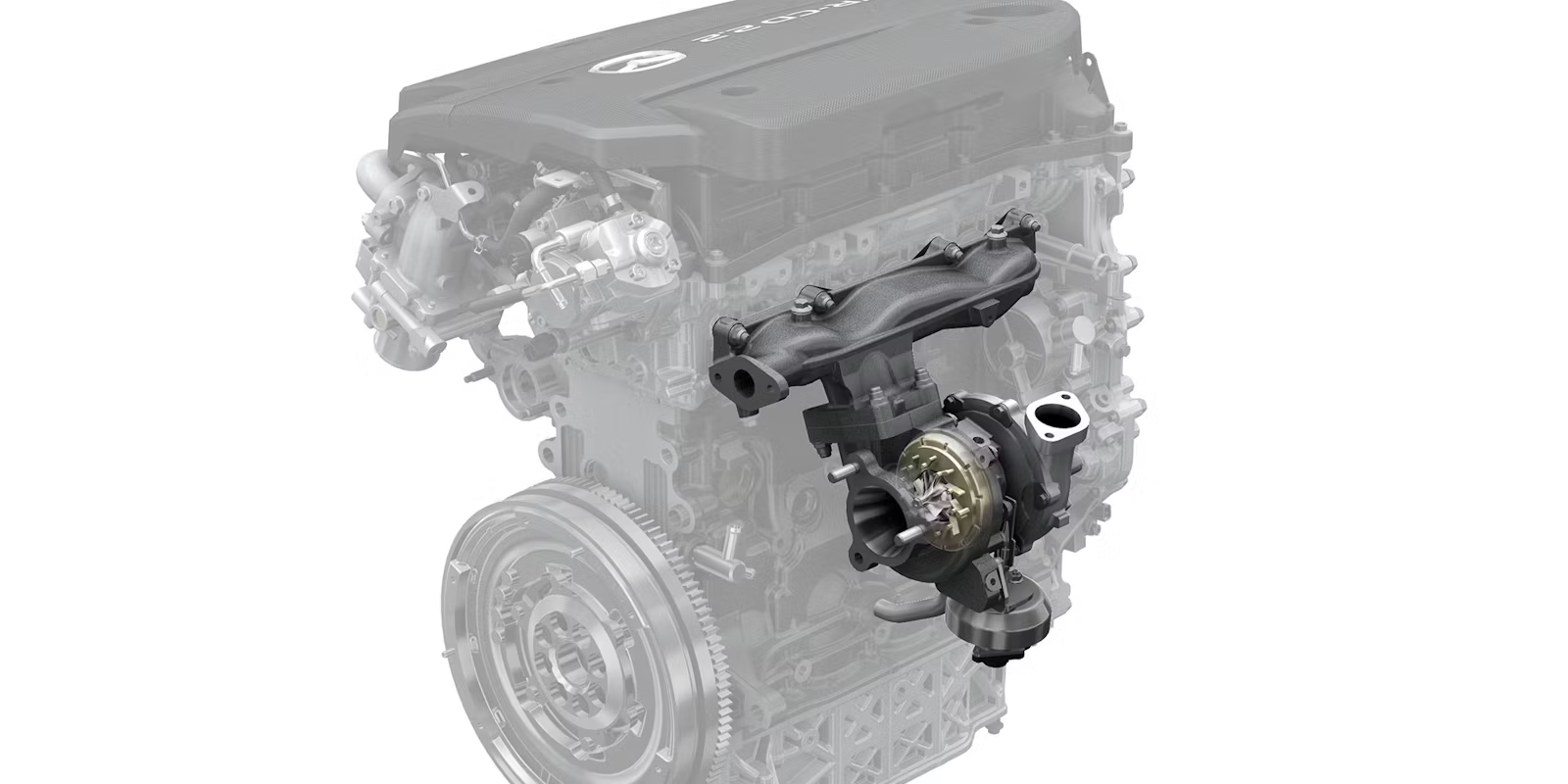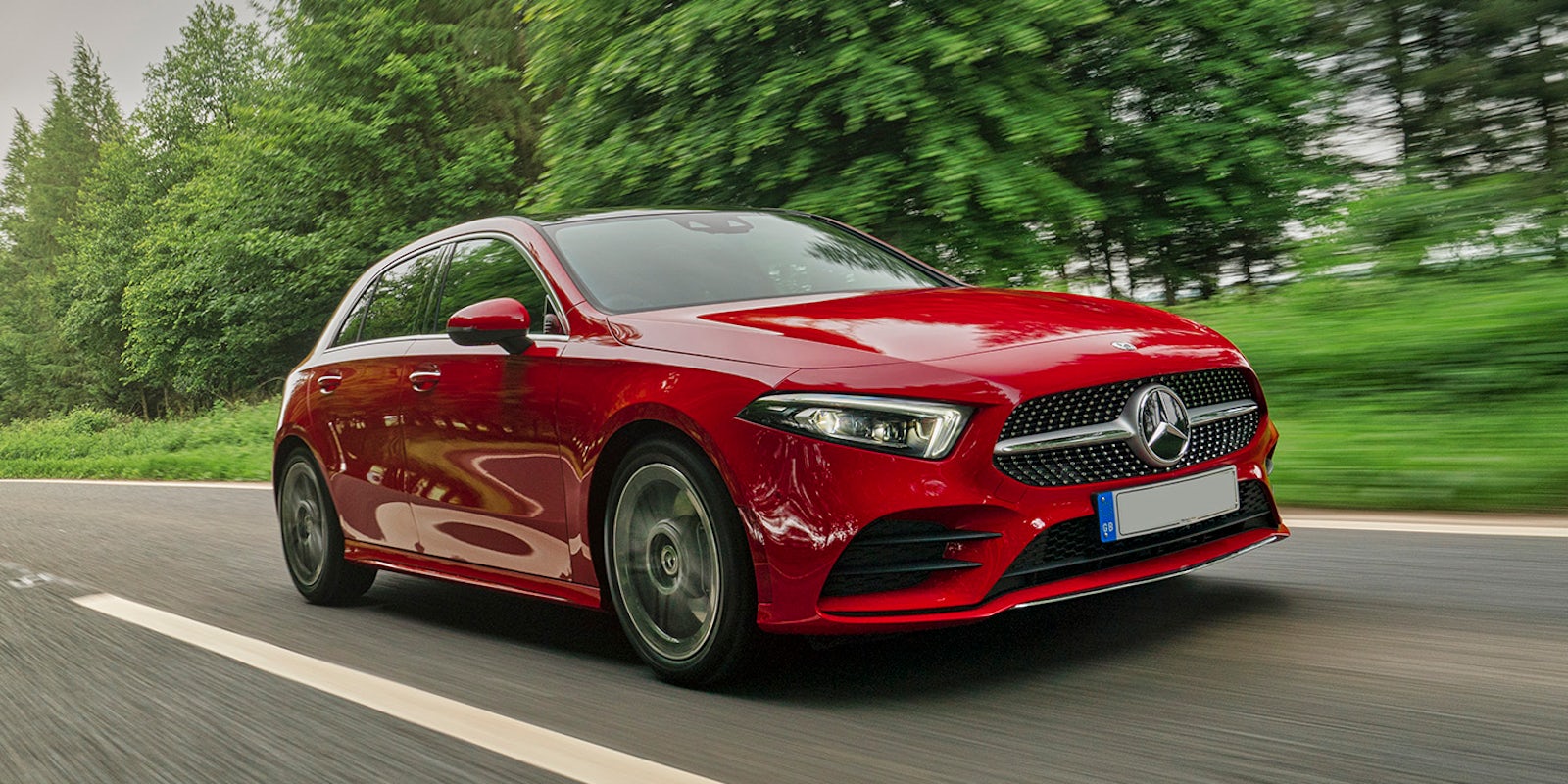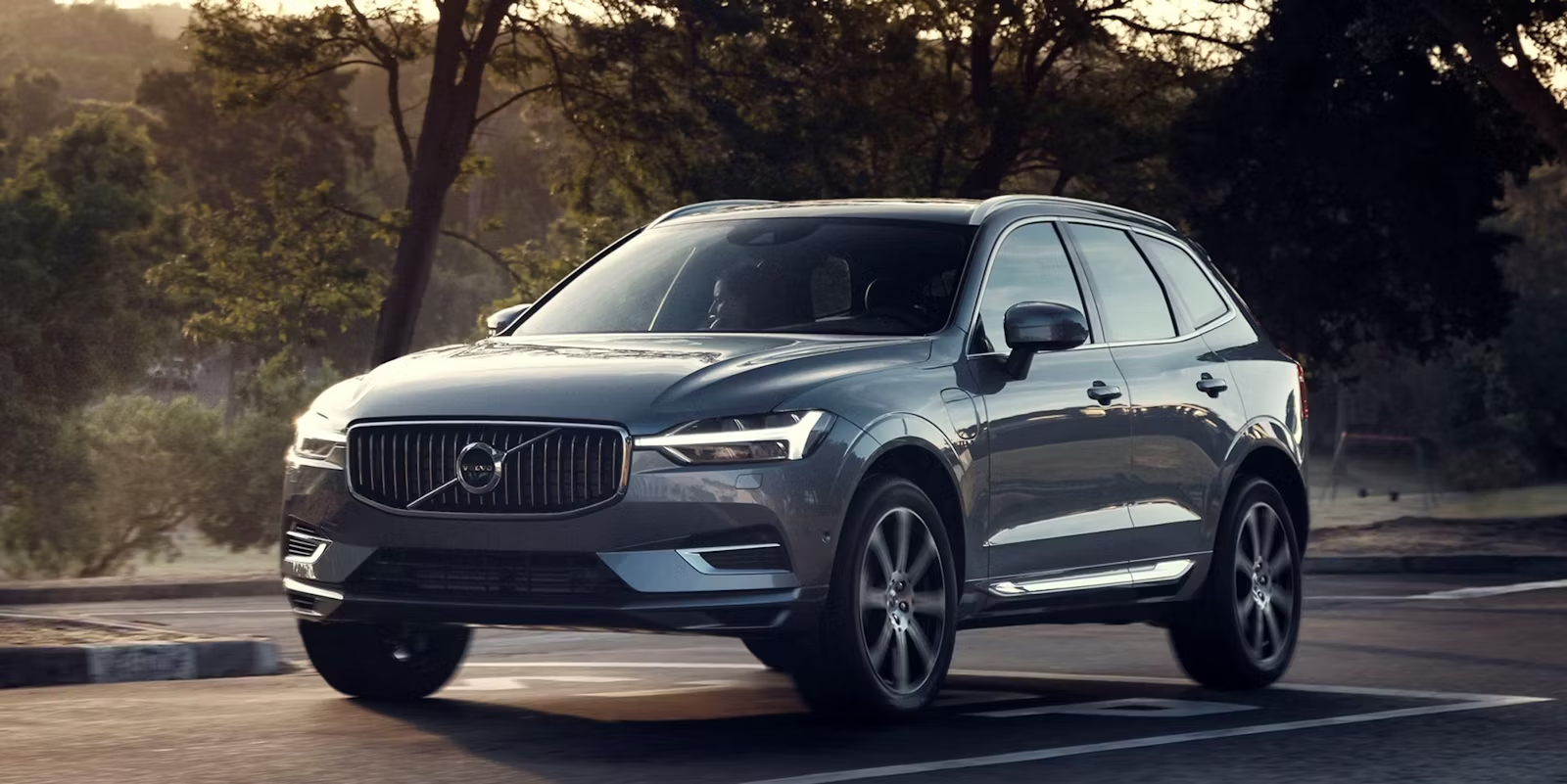What is a turbo and what does it do?
August 23, 2022 by carwow staff

Turbochargers, or turbos, were originally designed for use in aircraft. They started to be fitted to cars in the 1960s, and really came into prominence in the 1980s. The majority of modern petrol and diesel engines are turbocharged today, but what exactly is a turbo, and how does it work? You’ll find out in this advice guide.
How do car turbos work?
A car’s engine works on the principle of internal combustion, with lots of tiny controlled explosions taking place within each cylinder. These explosions need heat, fuel and air in order to occur, and by increasing one of these three elements, you can increase the size of the explosion, producing more power as a result.
Larger capacity engines (EG a 6.2-litre) fit more fuel in them to burn with each combustion cycle, producing more power, but a large capacity engine will use more fuel in every scenario, brining higher petrol or diesel bills.
A turbo works by forcing more air into the engine, with the amount of fuel being injected in increasing correspondingly, increasing the strength of the combustion, and producing more power. The beauty of a turbocharger is it is not always on, generally only being activated above certain engine speeds, and increasing how hard it works as engine revs build.
This means if you’re gentle with the accelerator the turbo will either not activate, or activate gently, making it easier to achieve good economy than you would find it in a large-capacity engine that was always drawing lots of fuel.
Another clever thing about turbos is that they do not require additional engine power to turn, being driven by exhaust gases that would otherwise go to waste. The waste gasses exit an engine at high pressure, and spin a turbos fan-like blades up to very high speed (280,000 revolutions per minute or so), with the turbo drawing in clean air which is then pushed into the engine.

Early turbos were rather crude devices that delivered the extra power in a single, huge lump. Saab and Porsche were two of the firms that did much to popularise turbochargers, and the word ‘turbo’ soon took on a cachet of its own, being applied to everything from hairdryers to vacuum cleaners.
Modern turbos contain complex systems that control how gases move through them to miniscule degrees of accuracy, giving more ‘linear’ power delivery and greater efficiency.
Turbos operate at incredibly high pressures and massive temperatures, so they’re usually accompanied by an intercooler and oil cooler. The intercooler cools the hot air coming out of the turbo and the oil cooler makes sure the turbo’s lubricant doesn’t overheat.

Why are so many engines now turbocharged?
As explained above, turbos are not always on full blast, they come on above certain revs, and increase the work they do the more the engine is pushed. This means that in light driving and during a car’s official fuel economy testing, impressive efficiency figures can be achieved,
Diesel engines are particularly suited to turbocharging because they have simpler intake systems to mix the fuel and air and tougher engine blocks that can contain the immense air pressure turbos generate. In the last 15 years or so, manufacturers have perfected metallurgy that allows a lightweight, alloy petrol engine block to contain ultra-high turbo pressures. Earlier petrol turbo engine blocks were usually made from heavy iron or steel. A lighter engine means the whole car weighs less and is more efficient.
The result of all that is a petrol engine like Ford’s 1.0-litre, 3-cylinder EcoBoost which can produce more power than Ford’s old 1.6-litre, 4-cylinder naturally-aspirated petrol engine while returning better fuel economy and lower emissions.

What are the benefits of a turbo?
As well as increasing power, turbos increase torque – an engine’s strength – particularly at low revs. That’s useful in small petrol engines which tend to produce not much torque at high revs without a turbo. Naturally-aspirated diesel engines, by contrast, produce a lot of torque at low revs. Adding a turbo amplifies the effect which is why turbo diesels feel so strong if you floor the throttle at, say, 50mph in top gear.
Turbocharged cars also have quieter exhaust pipes. The turbo effectively reduces the amount of gas coming out of the exhaust, so it’s not as loud as a non-turbo car. You might hear a ‘chuff’ when you take your foot off the throttle, though. That’s the ‘wastegate’ which expels excess gas from the turbo when it’s not needed.

What are the drawbacks of a turbo?
You’ll often come across the term ‘turbo lag’ which refers to the time delay between pressing the throttle and the turbo delivering its extra power. This is simply a function of the time it takes for the exhaust gases to reach the turbo and spin the turbine up to speed. A big turbo often exaggerates the effect, as large turbine blades take longer to get up to speed.
Modern turbos have many ways of reducing lag. Some engines have two more turbos of increasing size that operate at different revs, while car makers have also developed electric motors that spin the turbine before gases even reach it. A certain amount of turbo lag is unavoidable, but many engines now have so little that it’s almost impossible to detect.
Turbos are another thing to go wrong, as well. They can and do – some engines are particularly prone to turbo issues. Thick, white exhaust smoke and a loss of power are the clues. Neglect, abuse and high mileage are the usual causes but if the car is properly maintained, it shouldn’t be a problem.

How is a supercharger different?
Superchargers also boost power by forcing more air into the engine, but the turbine is spun by the engine itself. They’re lag-free, produce more torque and sound amazing, but because they’re powered by the engine itself, rather than being run by waste gasses, they aren’t as efficient.
Will the turbo die out with electric power?
Yes, broadly speaking – although not in name. Porsche is using the Turbo moniker to denote the most powerful versions of its Taycan EV, while there is also the possibility that future engines could burn hydrogen, and utilise turbos to help with this.
Cars Change? Carwow!
Looking for a new set of wheels? With Carwow you can sell your car quickly and for a fair price – as well as find great offers on your next one. Whether you’re looking to buy a car brand new, are after something used or you want to explore car leasing options, Carwow is your one stop shop for new car deals.















